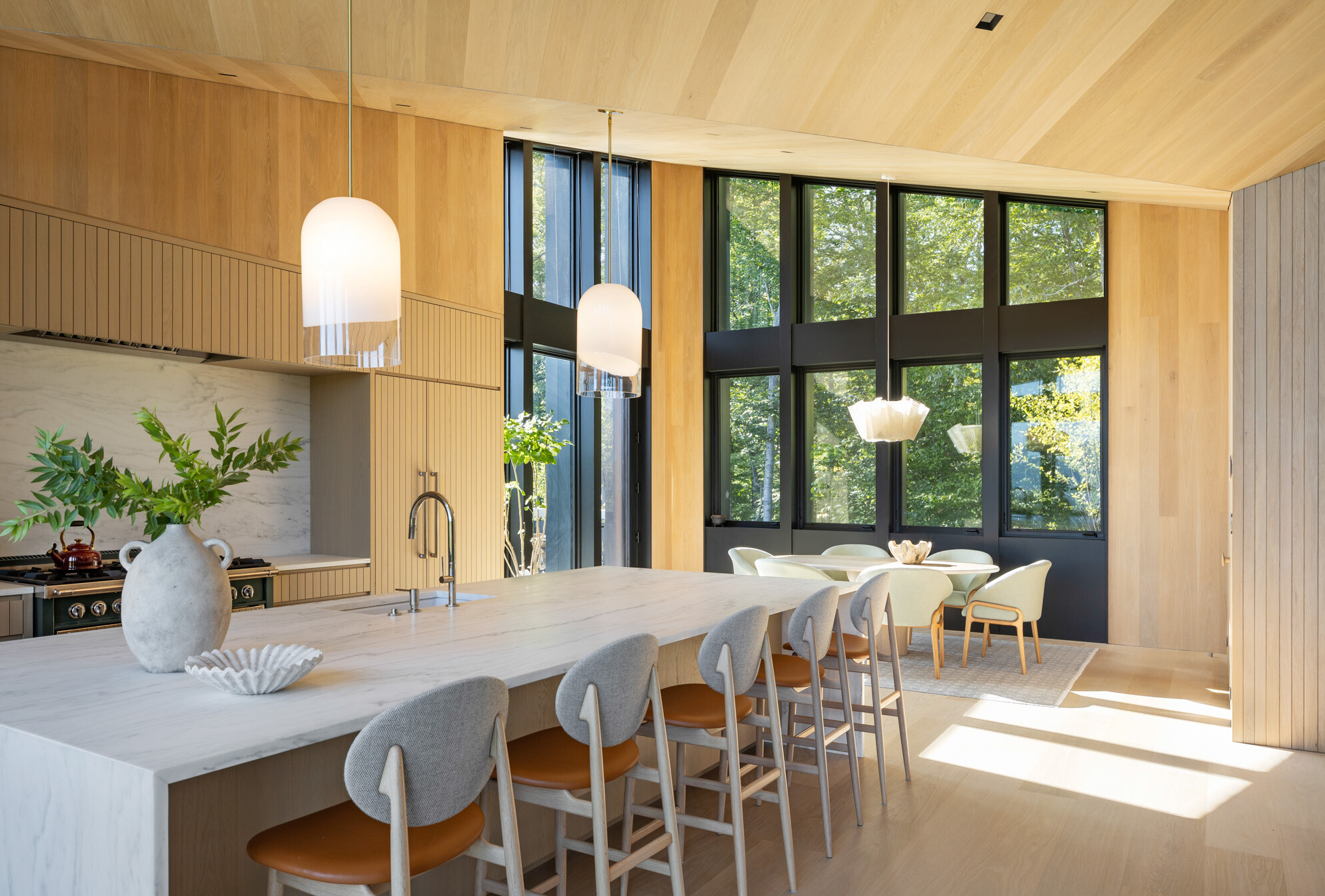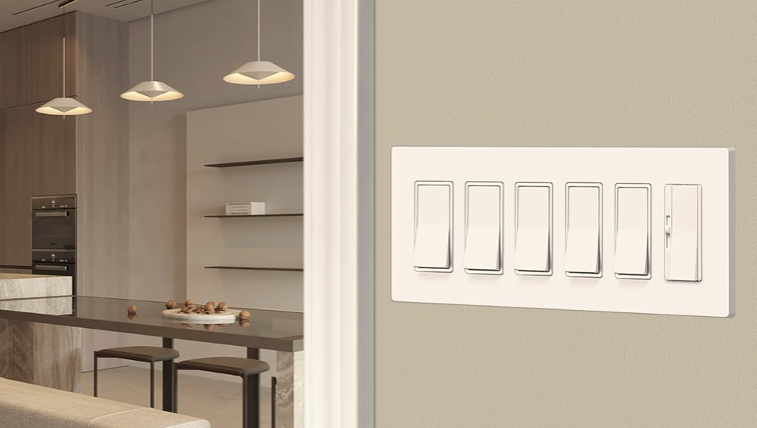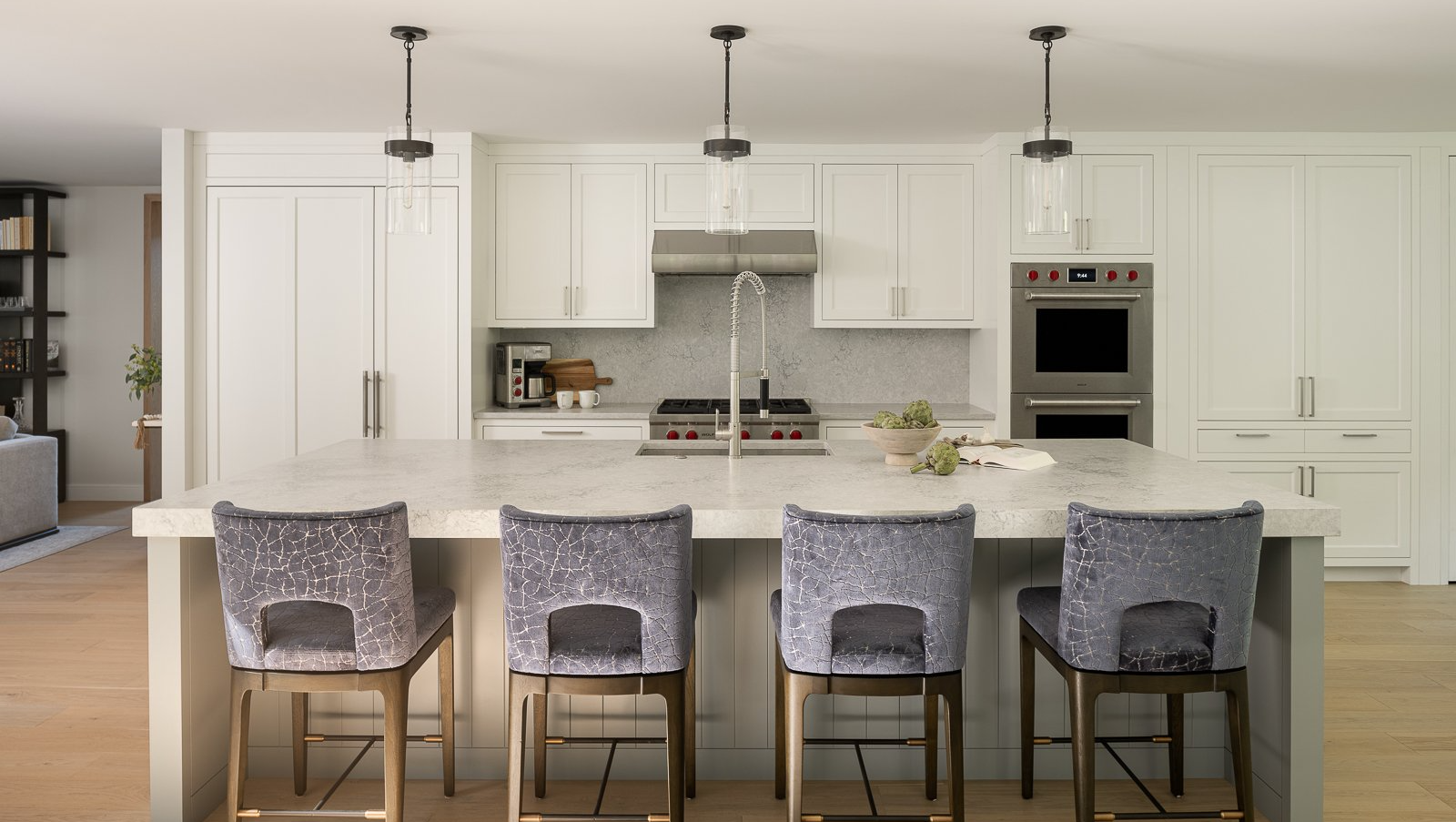Switches Gone Wild? Here’s How ‘Smart’ Light Switches Are the New Simple
Nick Thibeault
Director of Systems Design

Let’s set the scene: You’re planning your dream kitchen. You want that Vermont vibe—clean, natural, no-nonsense. And when someone says, “How about a lighting control system?” it sounds about as necessary as a Wi-Fi-enabled toaster.
You think, “We just want light switches. Keep it simple!"
Here's the kicker: conventional light switches are anything but simple.
Back in the day, “keeping it simple” meant exactly that: one switch for the kitchen light, maybe a second if your family was splurging on a light above the sink. But fast-forward to today’s Pinterest-worthy kitchen designs. Suddenly, you've got recessed lighting, undercabinet lights, pendants over the island, and a couple of sconces thrown in for good measure.
And you know what all those lights mean? More switches. Lots and lots of switches.
Most days, we’re seeing new kitchens with 4, 6, sometimes even 9 lighting circuits (yes, really). Stick with conventional switches, that wall looks something like this:

How do you remember which switch does what?
Over the past few years, I’ve developed a quirky little hobby: snapping photos of terrible light switch layouts (yes, my phone has a “Switch Fails” folder). Hotels are the worst offenders. You’ve probably been there too—standing in front of four unlabeled switches in a hotel room, trying to figure out which one dims the bedside light.
One time at a Marriott, I actually gave up and left a light on all night because I couldn’t crack the code. There’s nothing “simple” about that.
So here’s the pitch: Smart lighting control, like Lutron HomeWorks, is the true “simple” solution. Instead of a wall that looks like a flight simulator, you get a single keypad. Press one button to “Cook” with the perfect blend of task and ambient lighting. Hit another, and “Relax”—just the warm glow for unwinding with a glass of wine. No guessing. Truly simple.

But wait… isn’t lighting control complicated?
Lighting control systems can do all sorts of fancy things if you want them to—app control, voice commands, dimming schedules, you name it. But at the heart of it, lighting control is about simplicity: fewer switches, clear functions, and way less guesswork.
So, the next time you dive into a home remodel or build, keep in mind that ‘simple’ doesn’t always mean what it used to. Sometimes, a little technology can simplify your home in ways you never saw coming.





